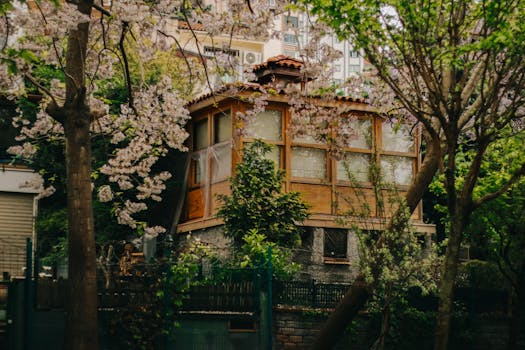
Urban Green Spaces: The Future of Outdoor Living in European Cities by 2025
Urban Green Spaces are becoming increasingly important in European cities, and for good reason. As the world becomes more urbanized, the need for green spaces has never been more pressing. In this article, we will explore the future of outdoor living in European cities and how urban green spaces are transforming the way we live, work, and interact with our environment.
What are Urban Green Spaces?
Urban Green Spaces refer to any area in a city that is covered in vegetation, such as parks, gardens, green roofs, and street trees. These spaces provide a range of benefits, including improved air quality, reduced noise pollution, and increased biodiversity. They also offer a space for recreation, socialization, and relaxation, making them an essential component of any urban ecosystem.
The Benefits of Urban Green Spaces
The benefits of urban green spaces are numerous and well-documented. Some of the most significant advantages include:
- Improved mental and physical health: Studies have shown that spending time in nature can reduce stress, improve mood, and even lower blood pressure.
- Increased property values: Urban green spaces can increase property values by making an area more desirable to live and work.
- Climate change mitigation: Urban green spaces can help to reduce the urban heat island effect, which occurs when built-up areas absorb and retain heat.
- Enhanced biodiversity: Urban green spaces can provide a habitat for a range of plant and animal species, helping to maintain ecosystem balance.
European Cities Leading the Way
Many European cities are leading the way in terms of urban green space development. Cities such as Stockholm, Copenhagen, and Amsterdam have incorporated green spaces into their urban planning, resulting in improved air quality, reduced traffic congestion, and enhanced quality of life for residents.
Challenges and Opportunities
While urban green spaces offer many benefits, there are also challenges to be addressed. One of the main obstacles is finding space in densely populated cities. However, this can also be an opportunity for innovation, with green roofs, walls, and even underground spaces being explored as potential solutions.
Conclusion
In conclusion, urban green spaces are the future of outdoor living in European cities. As we move towards a more sustainable and environmentally conscious future, the importance of these spaces will only continue to grow. By incorporating green spaces into urban planning, cities can improve the health, wellbeing, and quality of life for residents, while also helping to mitigate the effects of climate change.


